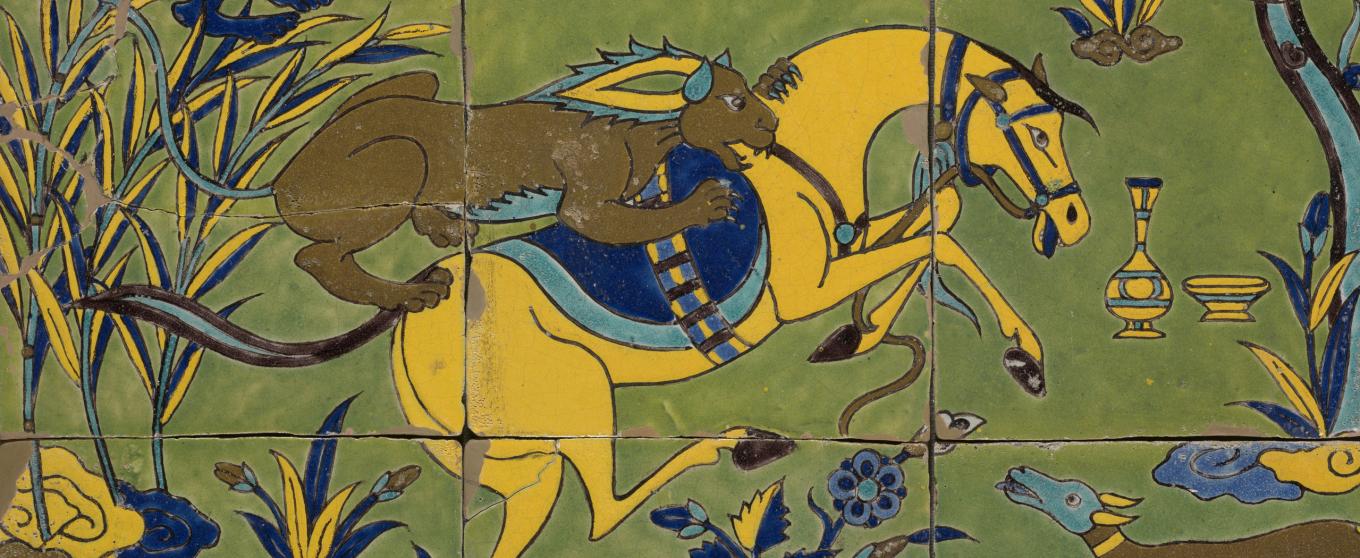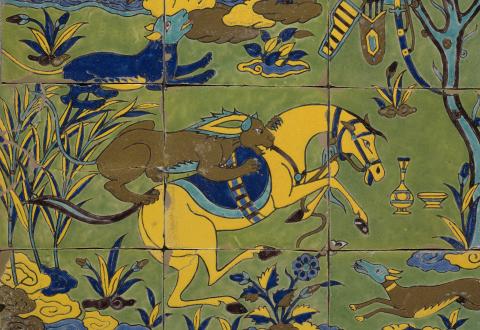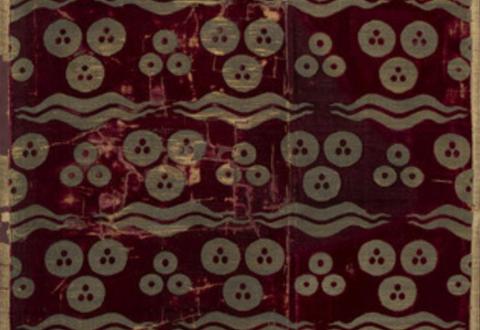
Art of the Islamic World
In an impressive architectural setting, the art of urban Islamic cultures is on display, with Islam serving as the main unifying factor. The focus is on textiles and ceramics, but representative, high-quality examples of other object types are also present, making the collection varied, attractive, and comprehensive.
From Spain to India
The Islamic collection comprises over 1,200 objects, not including some 4,000 sherds from Fustat (ancient Cairo). The items come from the vast region stretching from Spain to India. It is the only collection in the Benelux that evokes the urban cultures of the Islamic world. It includes textiles, ceramics, glass, metalwork, illuminated manuscripts, calligraphy, and some architectural elements.

World-renowned silk textiles
Virtually all well-known types of ceramics from the 9th to the 19th century are represented. The silk textiles are internationally renowned and originate from four regions: Egypt, the western Islamic world (Spain, Sicily, and the Maghreb), Iran and Central Asia, and Turkey. Lampas, samite, velvet, and embroidery are just a few of the many techniques used to produce these delicate treasures, which have been considered the pinnacle of luxury in Europe since the Middle Ages. Most of these textile masterpieces were donated by the collector Isabella Errera.

Contact
- Alexandra Van Puyvelde: a.vanpuyvelde@kmkg-mrah.be